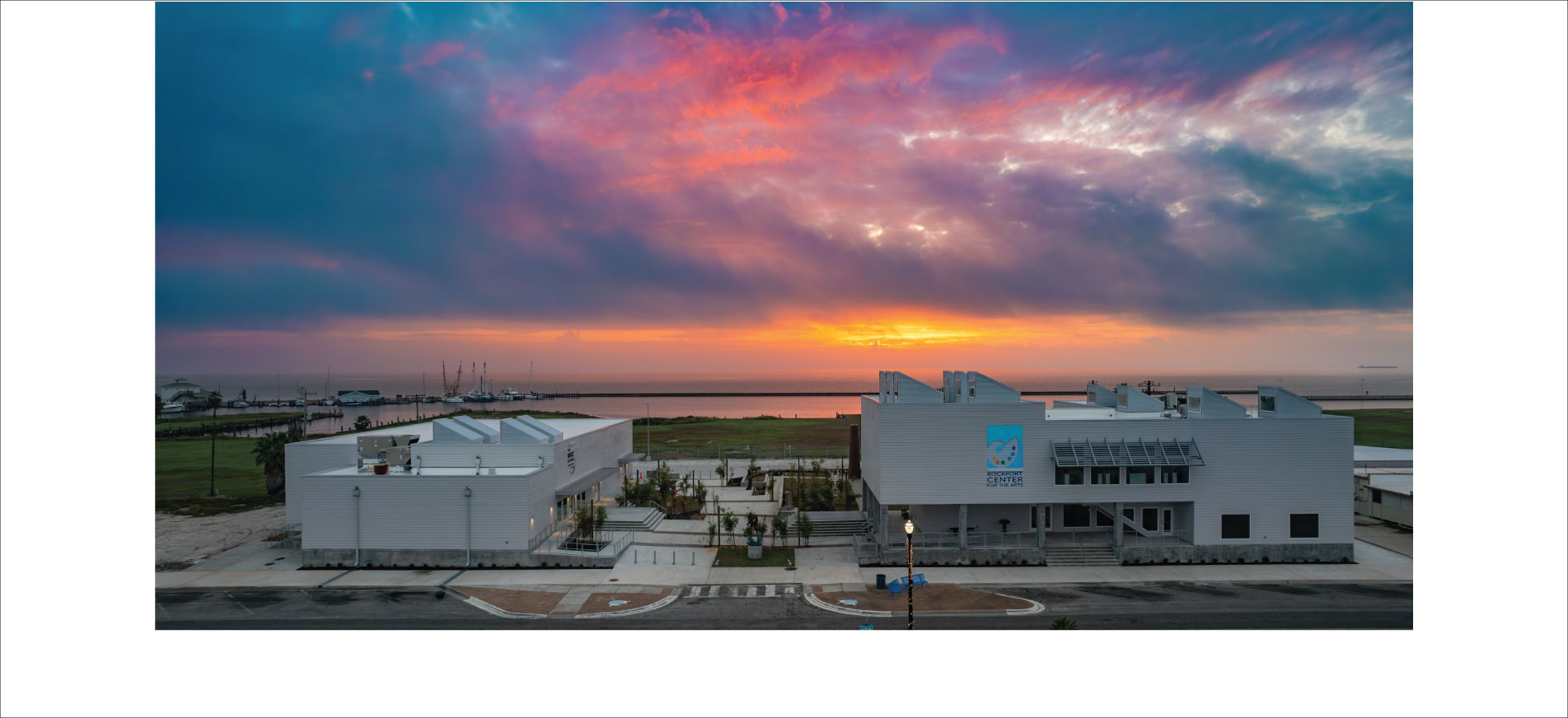
[Sponsored] Rockport, Texas was once known as a small Texas coastal fishing town. Today, it is a thriving and rapidly growing community, which still includes fishing, but also has a strong presence in tourism and the arts.
How Rockport Became an Art Destination
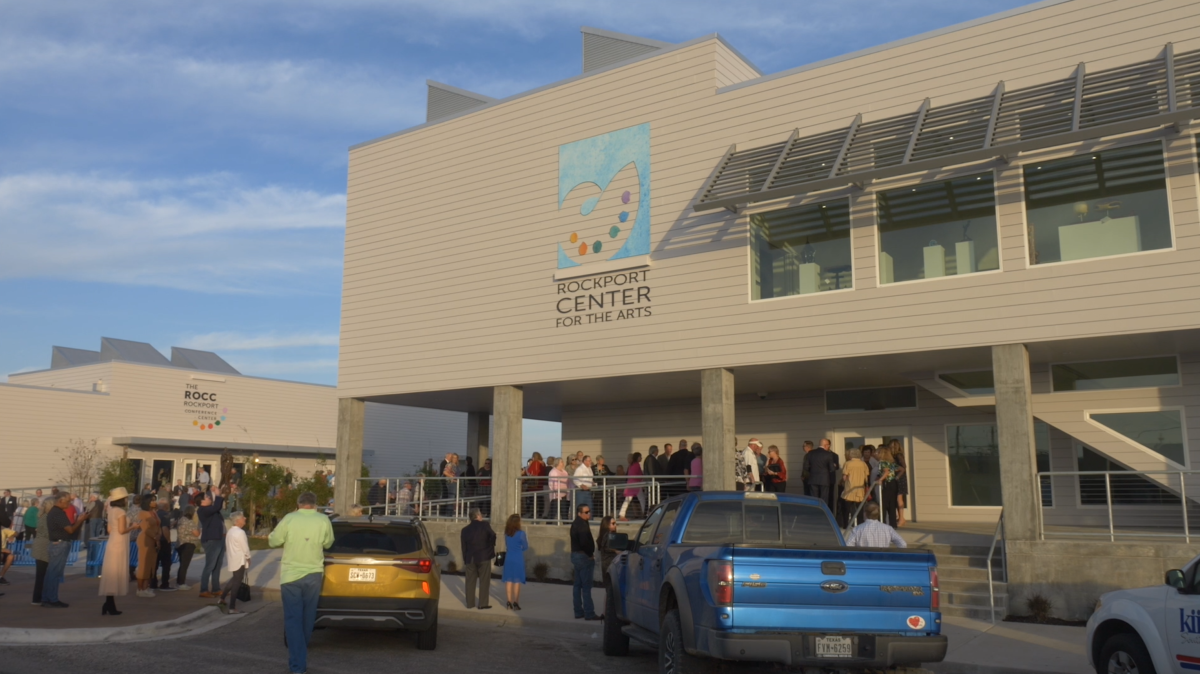
Rockport, Texas was to Simon Michael what Marfa, Texas was to Donald Judd. The Rockport artist colony is said to have been started by Michael, who relocated to Fulton in 1948 and opened an art school, Fulton School of Fine Arts. Later, after purchasing property in Rockport, he moved the school there, renaming it the Simon Michael School of Fine Arts.
Originally from Pennsylvania, and the son of an Orthodox priest, his father commissioned German artist, John Drayhagen, to paint the altarpiece. Michael began to take lessons from Drayhagen and the rest was history. He was diligent in taking art lessons throughout his childhood, then in college, he landed in St. Louis at Washington University School of Fine Arts. From there, he traveled extensively throughout the United States and Europe entering competitive exhibitions and teaching art. He was drafted into World War II and was sent to Mineral Wells, Texas where he served for 4.5 years. Once out of the service, he stayed in Texas, spent some time doing political portraits in Austin, and then decided to head South to be near the water of the Gulf Coast. In an *“Oral History Interview with Simon Michael, January 10, 1972,” Michael stated about moving to the Rockport/Fulton area,
"And this inspired me at the time, seeing that it had an abundance of subject matter and so important to my work and so important to the works of those who apparently could possibly follow if they became aware of not the fact that it was merely a fishing center, that it also had beauty of the outdoors and the ever-changing moods. And it had a richness and a substance, and it had a tradition that is so important to feel when a painter is inspired to actually work at it with some ambition to get out and capture the various moods of the sea and also to capture the varied twists and turns of the oaks that we have and the ever-changing lights and shadows and the colorful architectural subjects that were possible here because it had something of the old about it that was..and had not changed too radically. And that was a part that was yet to come."
The Yet To Come: The Design of Rockport Conference Center/Rockport Center for the Arts
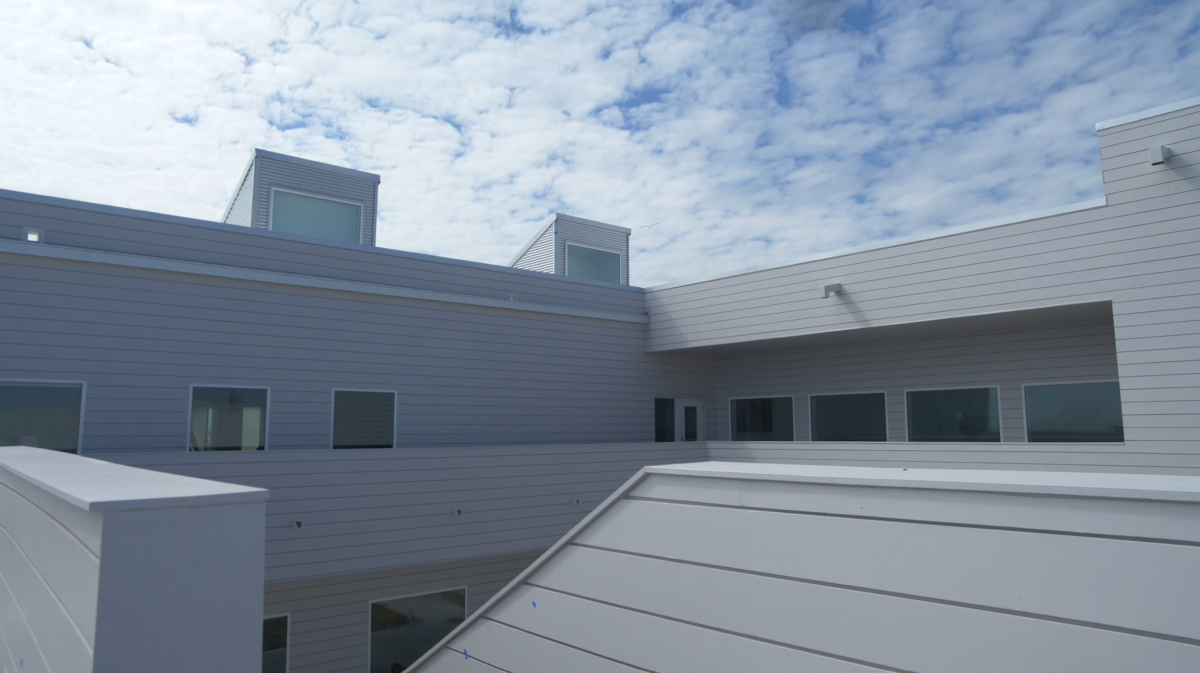
Soon after Hurricane Harvey destroyed much of the property located in Rockport, Texas in 2017, the Rockport Center for the Arts started making plans to rebuild. Recently completed in 2022, the new Rockport Center for the Arts and Rockport Conference Center 1.2 acre campus is 22,000 square feet of meeting and gallery spaces. The project had so much backing and support that they completed it with zero debt.
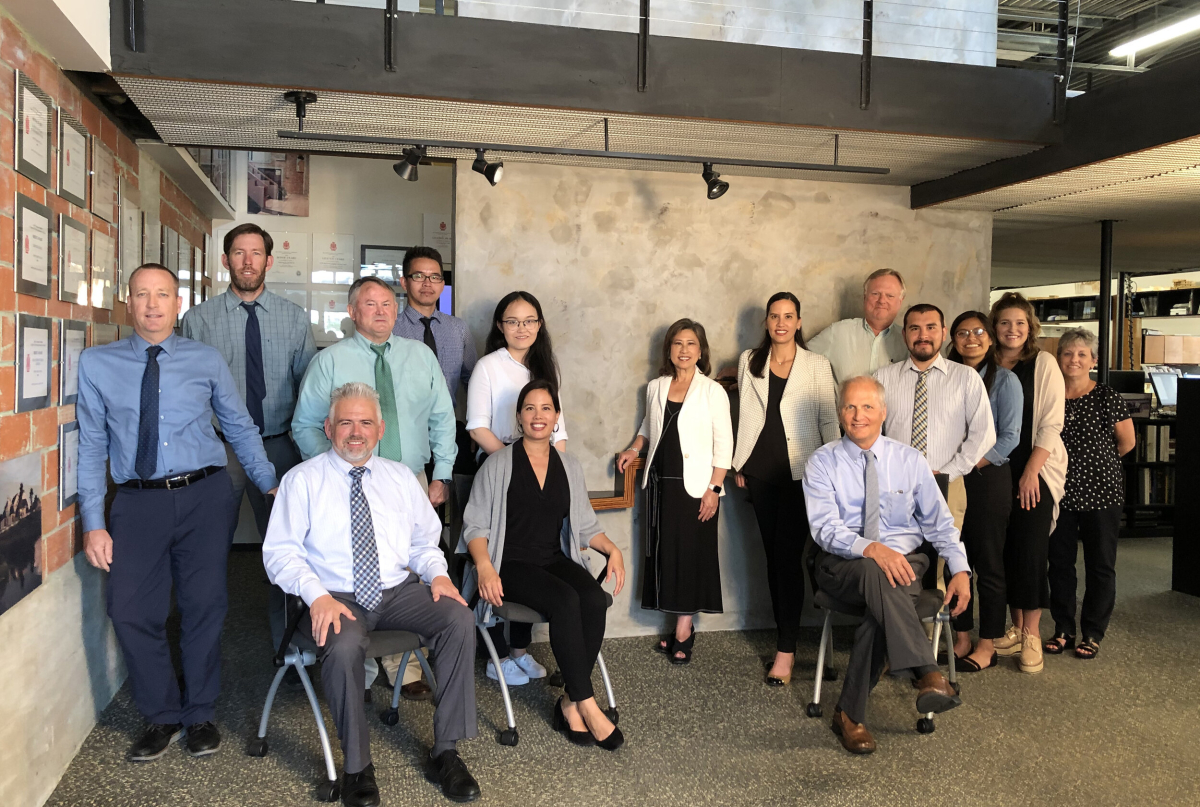
The architects of the ROCC/RCA campus were the award-winning firm, Richter Architects, based in Corpus Christi, Texas. They have received accolades from within and outside the architecture industry, one notable being the distinguished 2011 Texas Society of Architects Firm of the Year. It is also important to note that as of 2020, only 17% of licensed architects were women in the United States. Richter Architects Principal, Elizabeth Chu Richter, FAIA, Hon, FRAIC, was the National President of the American Institute of Architects in 2015.
You may be familiar with a few of Richter Architects' other noteworthy projects such as the National Museum of the Pacific War in Fredericksburg, TX, the Manila American Cemetary Visitor Center in Manila, Philipines, and several buildings for TXDOT which reset the standards for Texas safety rest areas.
In an interview with MiSA, Elizabeth Chu Richter stated, “We have a very diverse portfolio and that’s the way we like it. We like the challenge of new projects, new questions, and new missions.”
Richter Architects has also received accolades for their projects located in harsh environments. One such notable project was the US Land Port Of Entry in Columbus, New Mexico (winner of the AIA 2020 COTE® Top Ten Awards, Texas Society of Architects’ 2020 Design Award, AIA New Mexico 2020 Honor Award, 2020 Brick in Architecture Awards – The Best in Class Winners Commercial). The Port of Entry was rewarded for its sustainability and contextual significance to the desert environment.
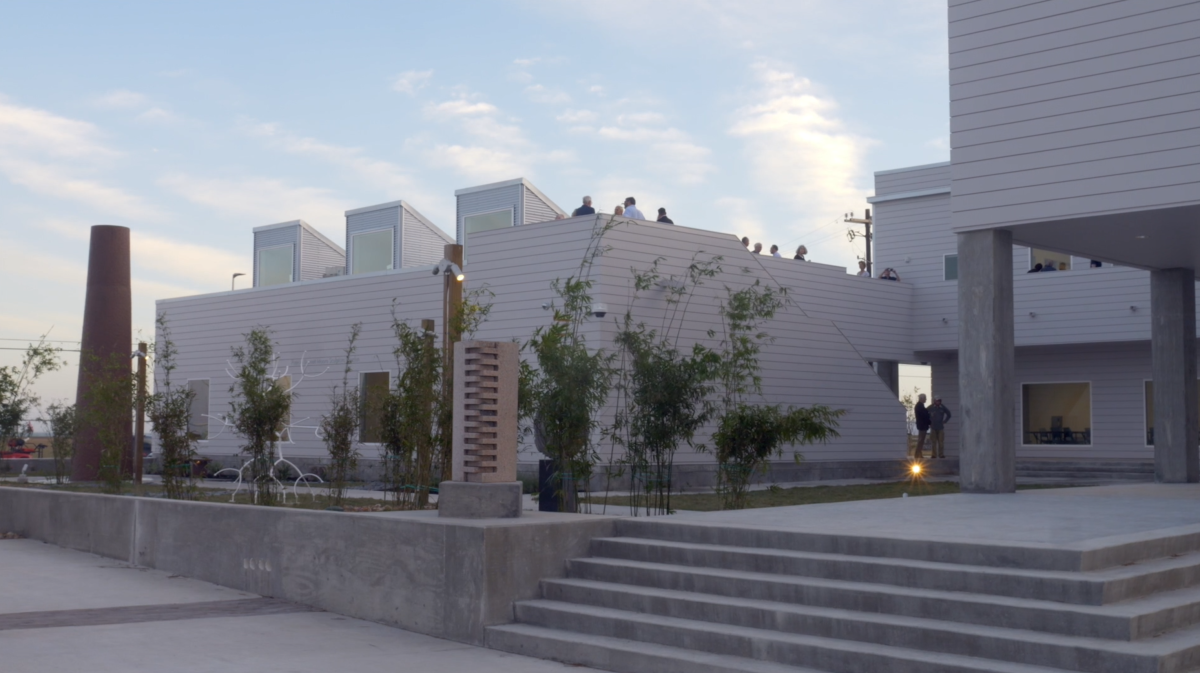
The design constraints for a coastal building, such as Rockport Conference Center/Rockport Center for the Arts, come with many unique challenges. One of the building’s architects, David Richter, FAIA, stated to MiSA, “There are lots of site constraints because of the hurricane susceptibility, flooding, the downtown setting, and cultural context. We were not lacking in challenges to respond to, which is good. We like to not have a blank piece of paper but lots of detailed objectives. We think the project is richer.”
Elizabeth Chu Richter told MiSA, “One of the main goals of this new complex is to weave it into the community more. It’s downtown off of their main street and that is an opportunity to open up the arts to the community. It is a walkable area and you want to have that sense of being able to see the art and be drawn into the arts as you walk by so the engagement of it is very important in this design. It’s the integration of the urban fabric into the different components of the design; the galleries, classrooms, the performing arts, and how these are interconnected blocks that work together and link together. You can easily walk from one side to the other and experience the whole complex.”

The ROCC Places and People
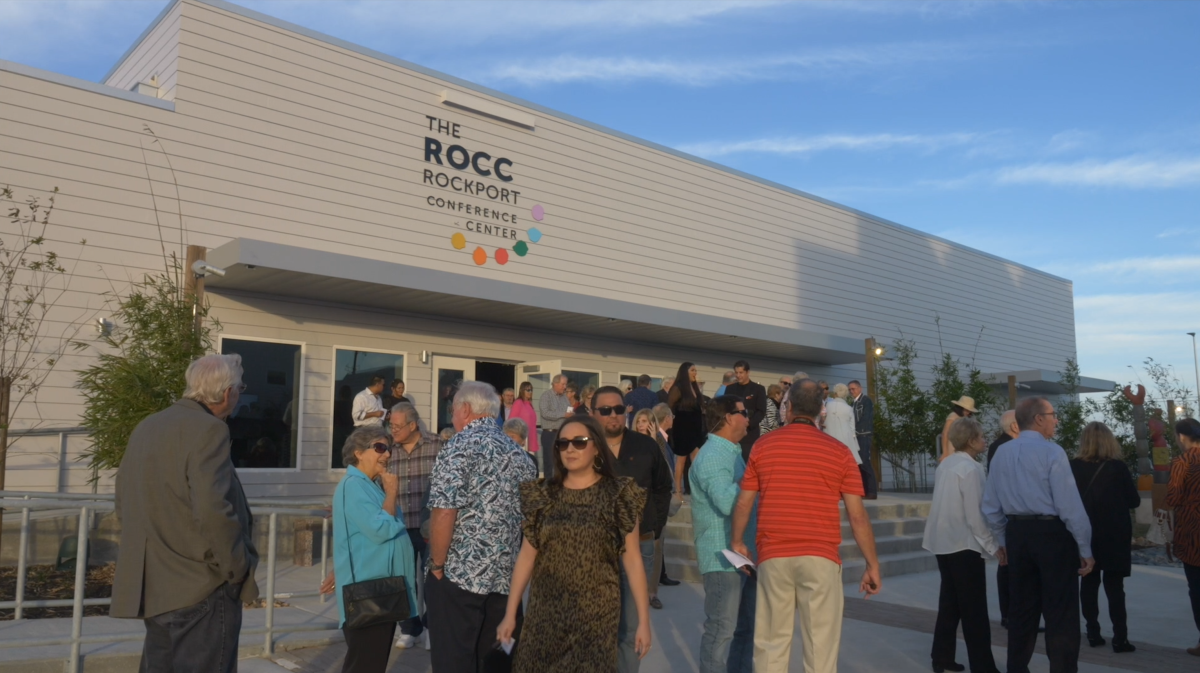
Simon Micheal often gave credit to the art patrons in the area for making it possible for him to achieve his vision. He frequently mentioned Mr. Emory Spencer who made it possible for him to purchase land in Rockport, build a house, build extensions on the house for new galleries and classrooms, as well as establish scholarships for the artists. Rockport Center for the Arts and Rockport Conference Center carried on this tradition by naming their various meeting spaces after notable community patrons and contributors.
American Electric Power Foundation Culinary Arts Kitchen
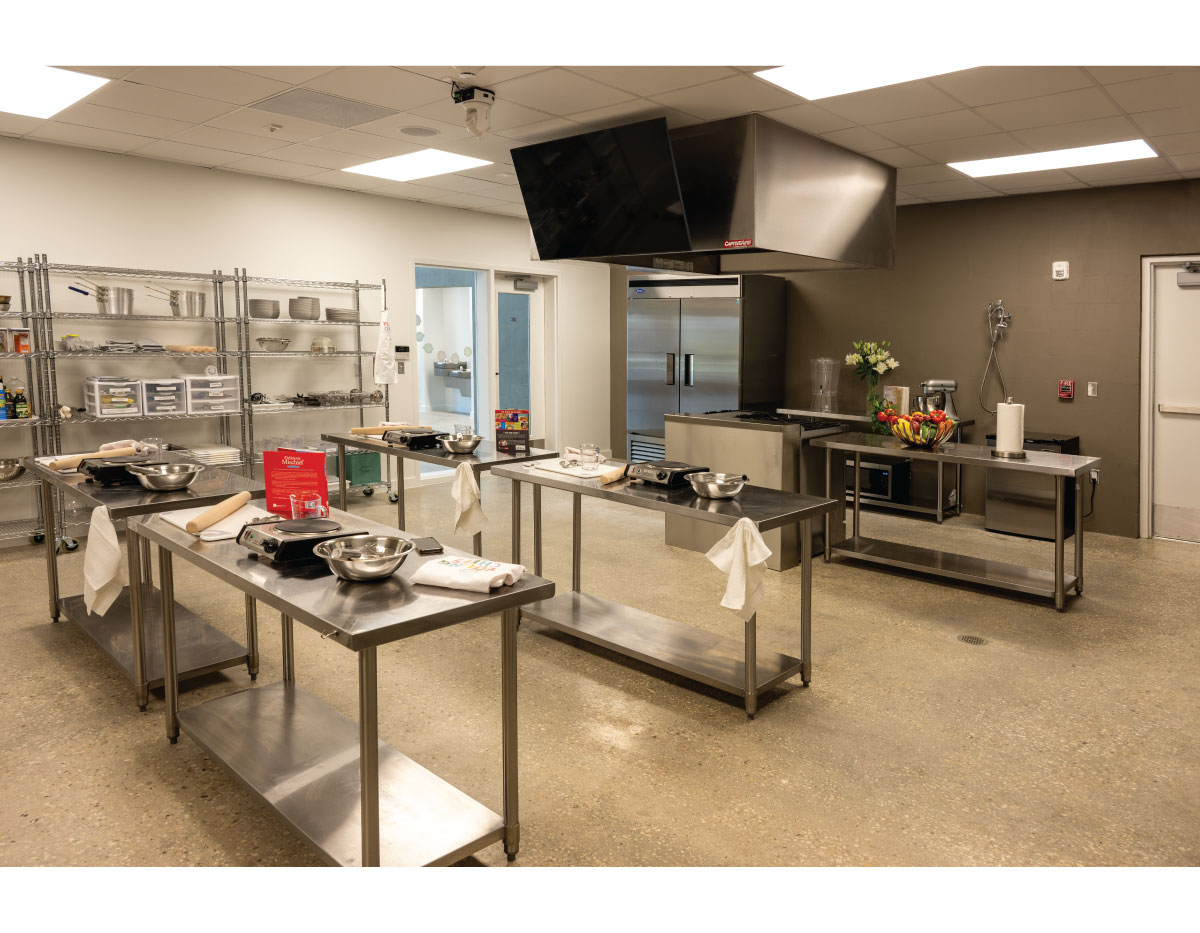
Named after the foundation that donated funds to purchase crucial kitchen equipment, the AEP Foundation Culinary Arts Kitchen will be the home of Center’s Young Chefs: Where Food Science Meets the Culinary Arts. This program promotes healthy food choices through education. The kitchen can also be rented for large events or smaller team-building exercises. Those utilizing the space are free to use their own caterer or choose from a list of the ROCC’s pre-vetted caterers.
Patricia Bennett Moore Sculpture Garden
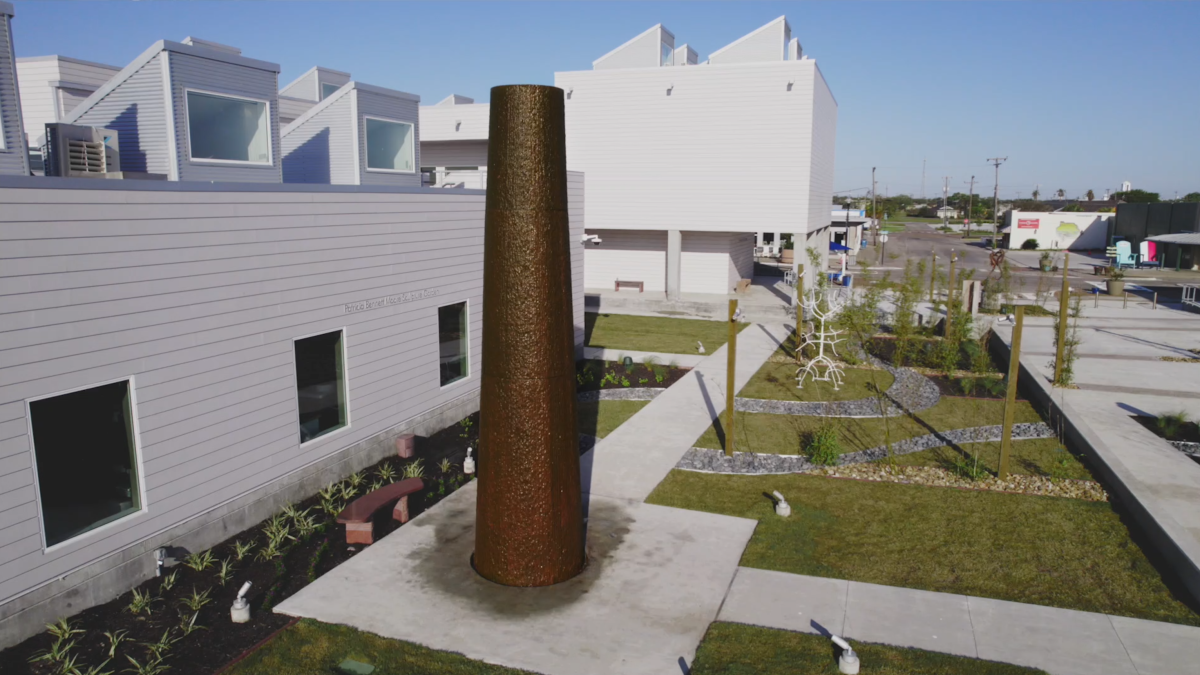
A 16,000-square-foot sculpture garden is the centerpiece of the campus with cool coastal breezes along the bay. The garden features sculptures by well-known regional and international artists such as Jesus Moroles, Kent Ullberg, James Surls, and Danville Chadbourne.
In a statement released by Rockport Center for the Arts,
“The Sculpture Garden really serves as an outdoor living space and a stunning visual feature for the new facility,” said architect David Richter, FAIA. “A courtyard leading guests into the garden is actually nestled into the main building and serves as a focal point, drawing the eye into the garden, clearly visible even to passersby on the street.”
In our interview with architect, David Richter, he mentioned some hidden features about the design that you may not notice at first glance.
“The separation between the two buildings was almost a necessity because the sculpture garden, which is between the 2 buildings, is a former street that was closed to make the sculpture garden and courtyards, but it has to be maintained by the city as an emergency access pathway. We designed within the plaza an area where emergency vehicles can drive literally through the sculpture garden to get from one side of the site to another. That was a planning mandate, but you don’t actually perceive that because it is a bit circuitous and is broken into outdoor rooms.
Rockport is prone to flooding, not just by hurricanes where you can have a storm surge, but also flooding by rain events due to being low, flat, and having poor drainage. They have been trying to improve the flooding downtown by requiring more retention.This was the first major project that deployed significant storm retention and it is within the sculpture garden. There are retaining walls that look like benches and vertical relief where the garden goes up and down and creates pedestals for art. Those ups and downs create basins so during a rain event it fills up, becomes a pool, drains, and becomes flood mitigation.”
Estelle Stair Foyer
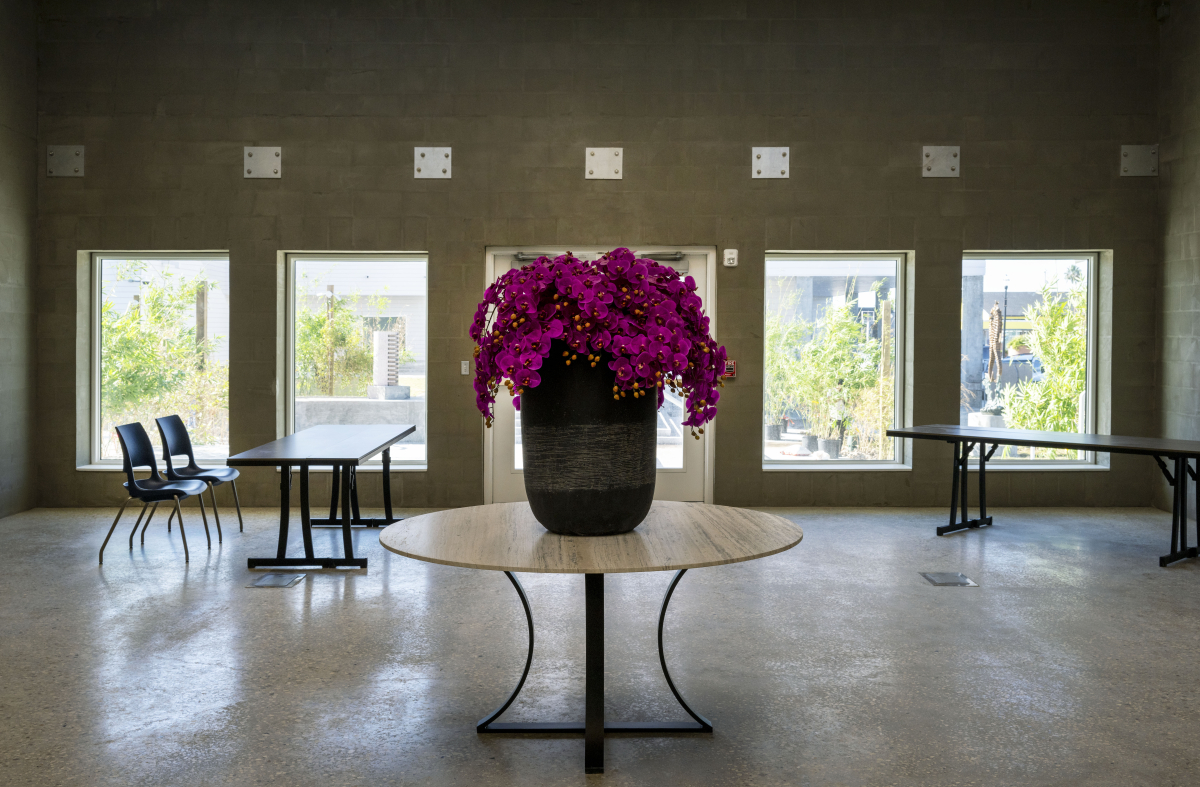
As you pass through the sculpture garden through the entry doors of the Rockport Conference Center, you will immediately find yourself in an area teaming with hospitality. No matter the event, there always seem to be friendly faces and a check-in table, a welcoming bartender ready to serve, an attractive hors d'oeuvres spread, or a fun selfie station equipped with ring light and jovial spirits.
In a press release from Rockport Center for the Arts, they tell the story of Estelle Stair.
“Stair (pronounced “star”) came to Rockport in 1962 from Luling, Texas, where she and her husband Neal had operated a general store. An avid artist and art teacher known for her landscape paintings based on Rockport’s coast, she worked for and studied under Simon Michael, who founded the Simon Michael School of Fine Art in Rockport in the 1940s. In 1978, Stair purchased the Sorensen Building located at 406 South Austin Street, a well-known Rockport landmark thanks to its unique architecture and historical value, opening the Estelle Stair Gallery, which she operated until her death in 1988 at the age of 77.”
Randall Ewing Kemper Hall
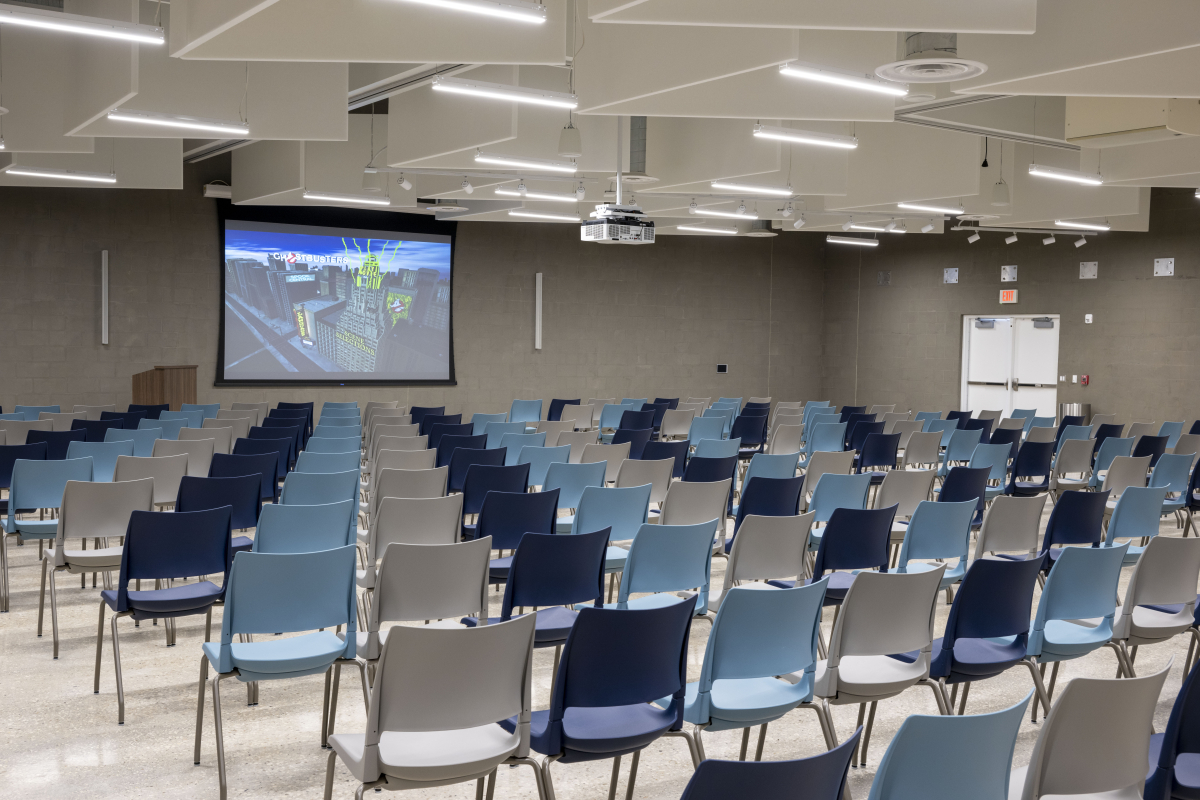
Getting down to business (or wedding bliss) is what the Randall Ewing Kemper Hall is all about. This expansive and customizable 4,400-square-foot ballroom can accommodate a 240-person dinner or a 400-person reception. It can also be divided into 2-4 private break-out rooms called Barrow One, Barrow Two, Barrow Three and Barrow Four.
The Barrows are named after the Barrow Foundation. They are a private foundation located in Rockport that primarily funds grants to non-profits. The hall’s namesake is Randall E. Kemper, a Real Estate Developer and patron of Rockport Center for the Arts who passed away in 2020.
Kelly and Scott Biar Terrace

The Kelly and Scott Biar Terrace is a 450-square-foot outdoor space where visitors can get an elevated view of downtown Rockport and the nearby bay. Located directly adjacent to the Rockport Center for the Arts upstairs gallery, the terrace is another amenity that visitors can enjoy or rent for events. Kelly and Scott Biar are patrons of Rockport Center for the Arts and are in the financial services industry.
The Rockport Conference Center/Rockport Center for the Arts campus is a shining beacon of hope, resilience, restoration, and a hub for the celebration of the arts. Be sure to add it to your itinerary the next time you visit the Texas Gulf Coast.
For more information on the Rockport Conference Center, visit their website, Facebook page, or Instagram page.
*Stephens, A. Ray & Michael, Simon. Oral History Interview with Simon Michael, January 10, 1972, book, January 10, 1972; Denton, Texas. (https://digital.library.unt.edu/ark:/67531/metadc1529167/: accessed April 4, 2024), University of North Texas Libraries, UNT Digital Library, https://digital.library.unt.edu; crediting UNT Oral History Program.
